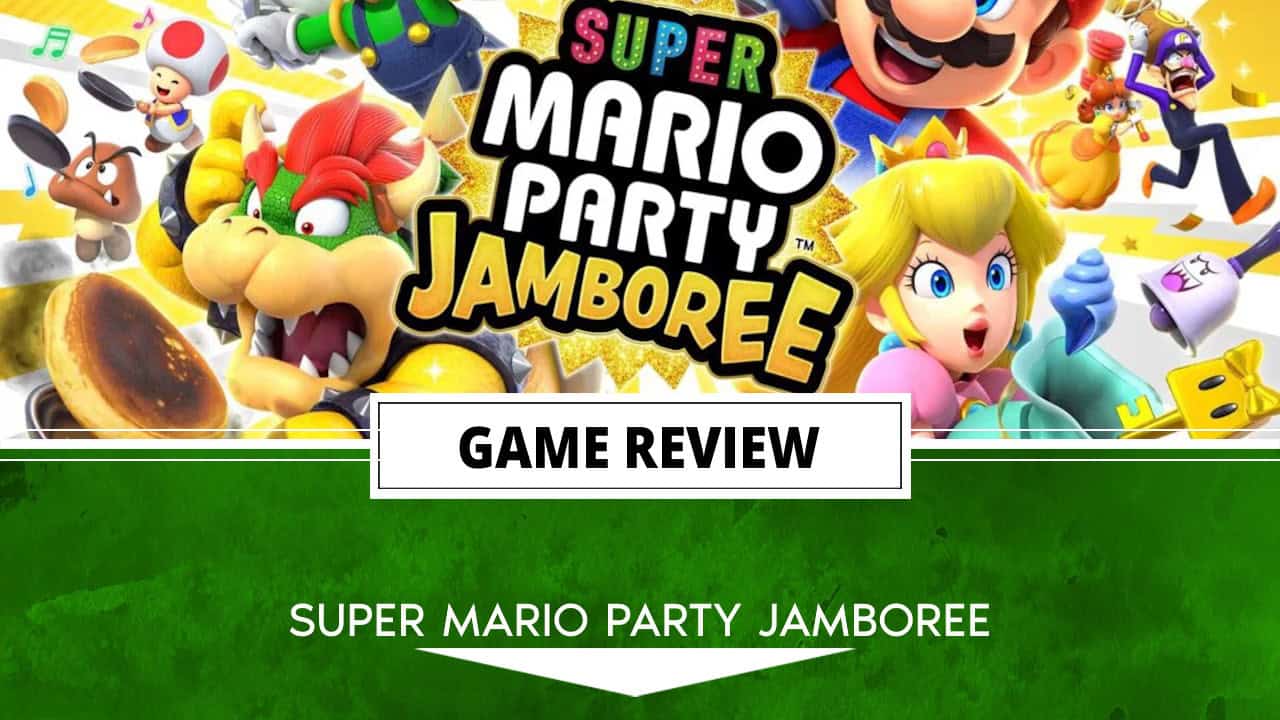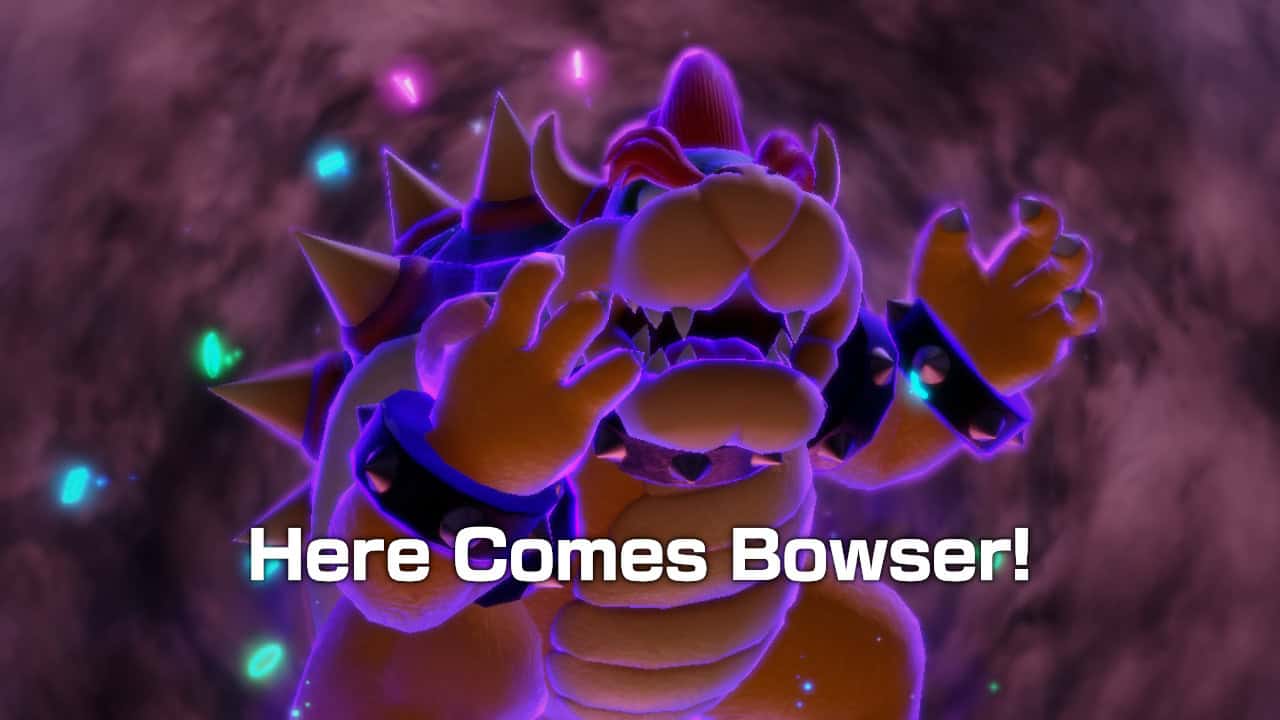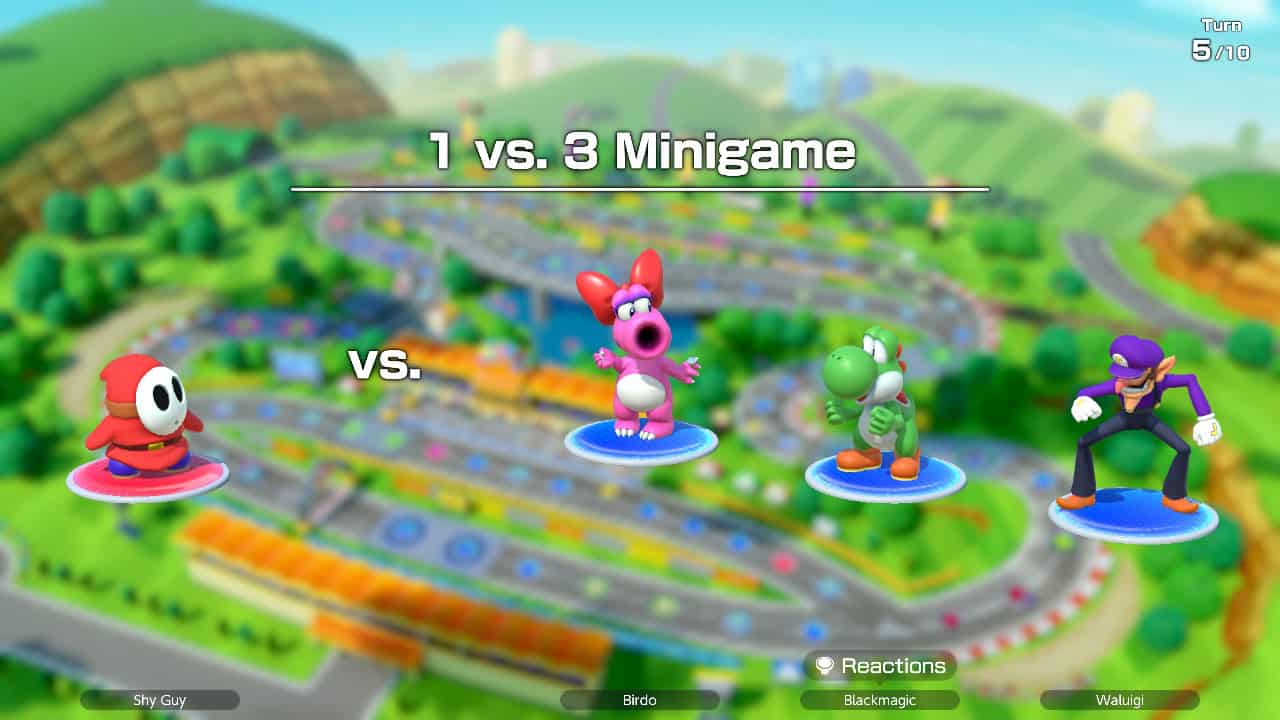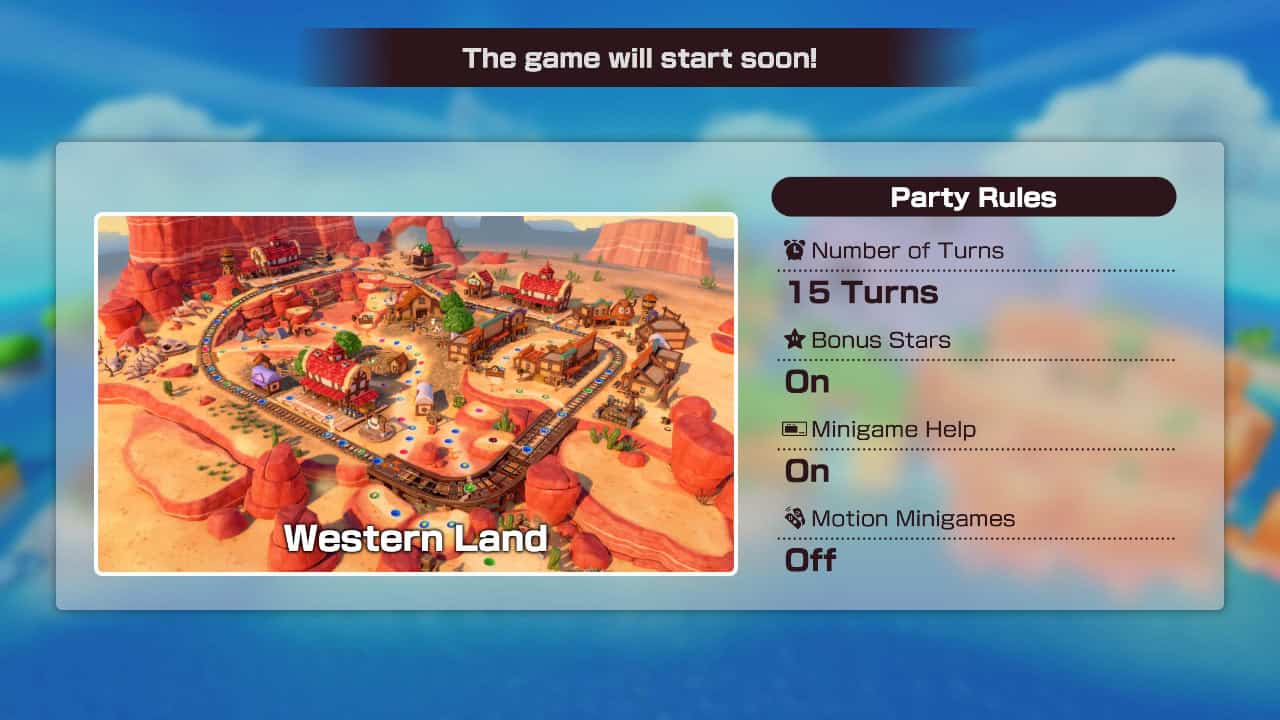I have a unique history with the Super Mario Party franchise. I played multiple games from the early series, even though I didn’t own them. A friend had an N64, and our “crew” would often rent Mario Party 1-3 to play together. Later on, I picked up some entries that didn’t quite meet expectations. Fast forward to the Switch era, and I haven’t touched the franchise since the GameCube days! So, when I received a code for the newest entry, I wasn’t sure how I’d feel about it. As my Super Mario Party Jamboree Review will reveal, though, it felt just like old times in the best possible way.
Game Name: Super Mario Party Jamboree
Platform(s): Nintendo Switch
Developer(s): Nintendo
Publisher(s): Nintendo
Release Date: October 17th, 2024
The irony here is that, unlike many of my other reviews, the main focus is on the gameplay and the various modes the title offers. If you’ve played Mario Party at any point in its franchise history, you’ll feel right at home. You pick a character, select a mode, and dive in quickly. Additionally, for newer modes like Bowser’s Kaboom Squad and Koopathlon, you’ll get a tutorial pass to help you get the hang of things before facing off against players from around the world.
Diving back into the classic “Mario Party Mode” was definitely a thrill, even when I was just playing against the CPU. You move around the board, trying to collect as many stars as possible—sometimes by stealing them from other players—and hope to maintain your lead until the game ends. I appreciated the in-mode options that let you tailor the experience, such as adjusting the number of turns and toggling motion control mini-games (I skipped those since I play my Switch in handheld mode).
It was a lot of fun exploring the different maps, learning their quirks, and figuring out how to use various items to my advantage. I also enjoyed strategizing how well I needed to perform in mini-games to set myself up for success. Each round is full of chaos, so no two games ever play out the same way. In fact, the last round I played before writing this review was chaotic in all the best ways, leading to a surprising outcome—which I’ll talk about later. As one of my co-hosts from the Nintendo Entertainment Podcast pointed out on our Discord when I mentioned it, “Yep, that sounds just like the true Mario Party experience.” And it really was.
Speaking of the experience, I have to mention the mini-games. With over 110 available, they were a lot of fun. From 4-player free-for-alls, 1v3 brawls, and tag team matches to 1-on-1 duels, there’s a great variety to enjoy in both the classic modes and the others you’ll encounter. Speaking of which, let’s dive into those other modes now.
I did my best to play every main mode in the game (excluding the motion control ones), and I didn’t feel there was a weak link. Ironically, the mode I kept coming back to was Koopathlon. Despite involving 20 players and requiring five laps around the area, you can finish a run in under thirty minutes, depending on how the mini-games go. You advance by collecting coins in the mini-games, so the better you perform, the faster you move. You might have a strong lead in one mini-game, only to struggle in the next and get overtaken by other players. The Bowser-focused mini-games can also set you back over 30 spaces if you’re knocked out early. My best finish in that mode was 7th, and I had to fight hard for it!
Then there was Bowser’s Kaboom Squad, where eight players team up to defeat an Imposter Bowser by collecting bombs scattered around the map, avoiding damage, and earning special items during mini-games to boost their performance. It’s arguably a simpler mode in some ways, but it requires teamwork, and you can increase the difficulty for an added challenge. If you’re looking for something different in the game, this mode is definitely worth trying.
A mode that surprised me with its depth was Minigame Bay. You can jump in solo, play against CPU opponents, or take on special modes with other players, diving straight into mini-games without the need for boards or maps. Survival Mode pits you against three random players in a single mini-game to determine the best player. Showdown Mode, on the other hand, has you battle across a set of mini-games to see who can collect the most coins by the end. I won a match in Showdown Mode despite earning zero coins in the first mini-game. It was a lot of fun, and I can easily see myself returning for another round.
Now, let’s talk about the big question: How did the internet connection hold up? Honestly, surprisingly well. We all know Nintendo doesn’t have the best reputation when it comes to online connectivity, but aside from one Mario Party match where I experienced occasional lag, I didn’t have many issues. I played multiple rounds of Koopathlon and didn’t recall a single instance of lag, and the same was true for Bowser’s Kaboom Squad and Minigame Bay! As with most online games, it might depend on the connection quality of other players compared to your own.
I also want to highlight that the game’s graphics and audio were on point. The visuals are sharp, the gameplay runs smoothly, and the sound design is excellent. Additionally, there are numerous elements outside of the main modes that help set this entry apart from other Mario Party games on the Switch.
For instance, there are “allies” you can acquire after winning mini-games, who provide bonuses like discounts at shops or other useful abilities. You can also earn achievements for completing specific tasks, which in turn grant you points to spend on special items, music, and plaza decorations. There’s even a single-player mode to help you get familiar with the game before jumping fully into the multiplayer modes.
If you’ve been waiting for it, here are the “bad points” in this Super Mario Party Jamboree review. First, while I loved Koopathlon, there was an issue with the balance of certain mini-games. How well you do largely depends on which random mini-games are selected. Some players were racking up high scores in games where I couldn’t figure out how they performed so well. So, if you get a mini-game you’re not skilled at, chances are you won’t win.
Similarly, there are times when the balance between players isn’t ideal in certain modes. In one Koopathlon session, I was matched up against experts, which made it clear why I struggled to keep up.
And, of course, the infamous “Mario Party Frustration” is still alive and well after all these years. In some Mario Party rounds, I fought hard to gather the most stars, only to end up tied with another player by the end. Then came the “bonus stars”—which more often than not went to my opponents, sometimes for what seemed like random awards. In one match, I earned the first bonus star, my opponent got the second, and we tied. But then they won because they had ten more coins than I did. That can be frustrating after partaking in a 90-minute game.
Finally, and this is more of a personal gripe, while I had no trouble finding players online, I felt like something was “missing” without having friends physically beside me, like in the old days. Sure, local play is still an option, but none of my friends at The Outerhaven or elsewhere had the game.
As I wrap up this Super Mario Party Jamboree review, I find myself feeling both nostalgic for the past and happy that this franchise continues to evolve and remain fun. Even though I didn’t play with friends like I used to, I still enjoyed competing against others online—and that’s the beauty of the modern age. So, if you’re wondering whether this third entry in the Switch lineup holds up to the previous two, it does. Go get it, dive into the modes, and have a blast.
Review Disclosure Statement: Super Mario Party Jamboree was provided to us by Nintendo for review purposes. For more information on how we review video games and other media/technology, please review our Review Guideline/Scoring Policy for more info.
Super Mario Party Jamboree Review
Summary
Super Mario Party Jamboree continues the great trend that the past two Switch titles in the series started, and the new modes help make it stand out from the rest. It’s not perfect, but there are plenty of ways to kill time and have fun with friends or online rivals while you play.
Pros
- Variety of Game Modes
- Koopathlon
- Little To No Lag In Multiplayer Modes
- Clever Use of Single-Player
- Mini-Games
- Crisp Graphics and Sound Design
Cons
- Some Modes Are More About Specific Mini-Games Than Skill.
- Balancing issues in multiplayer.
- The “Mario Party Frustration” lives on.
-
Super Mario Party Jamboree Review






